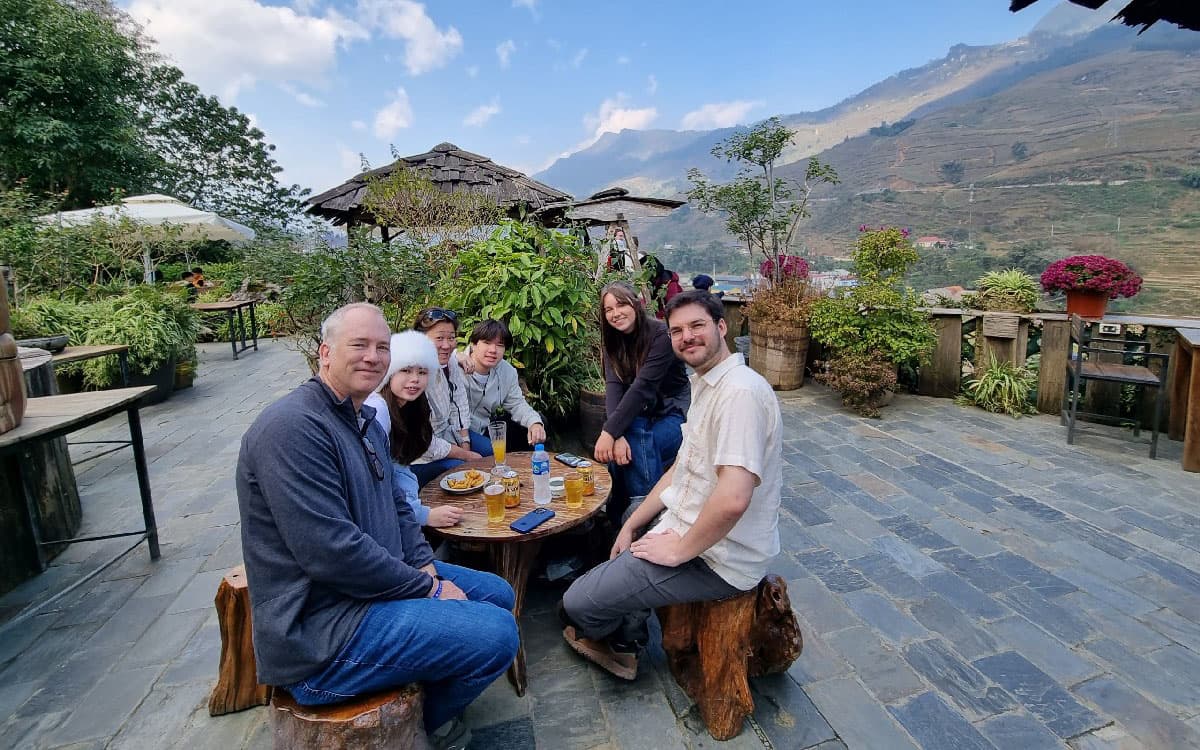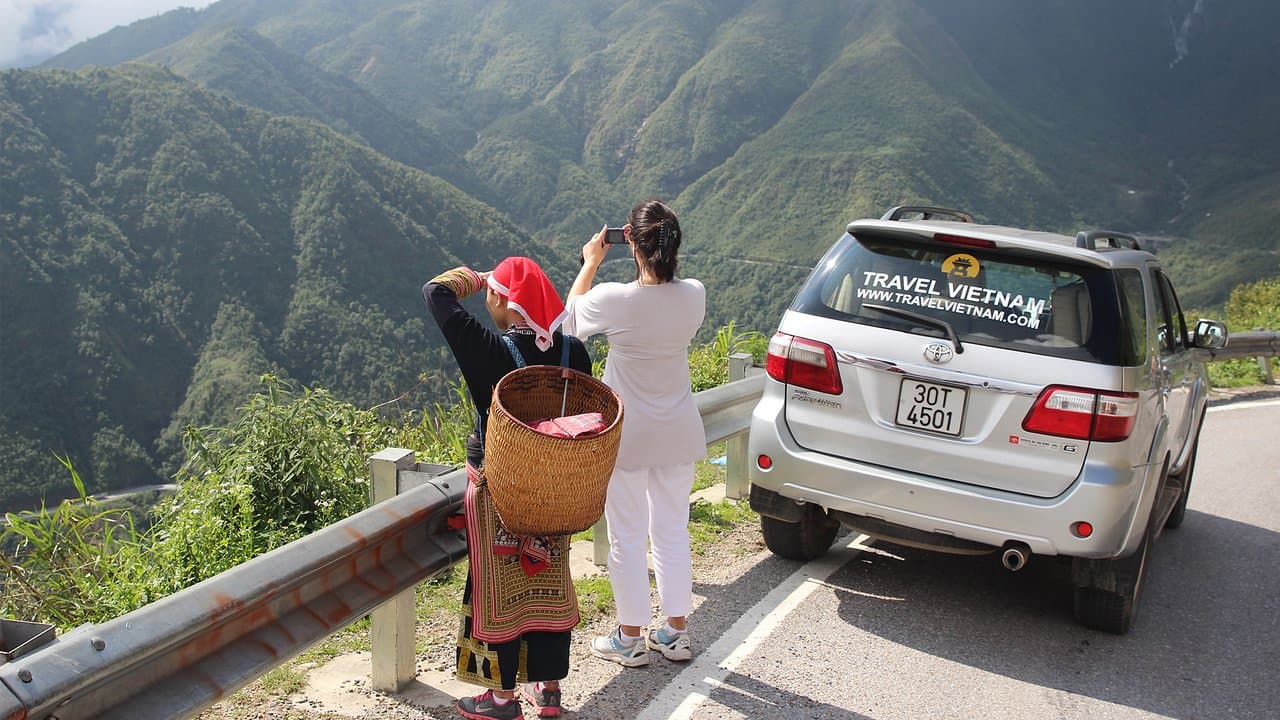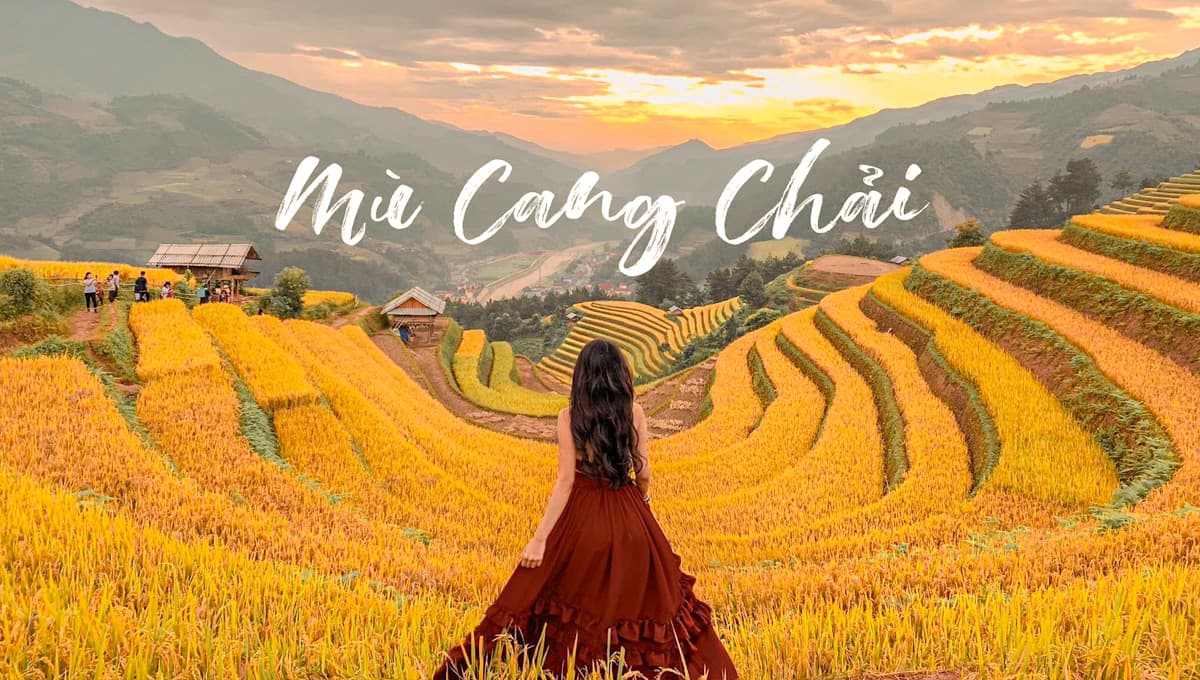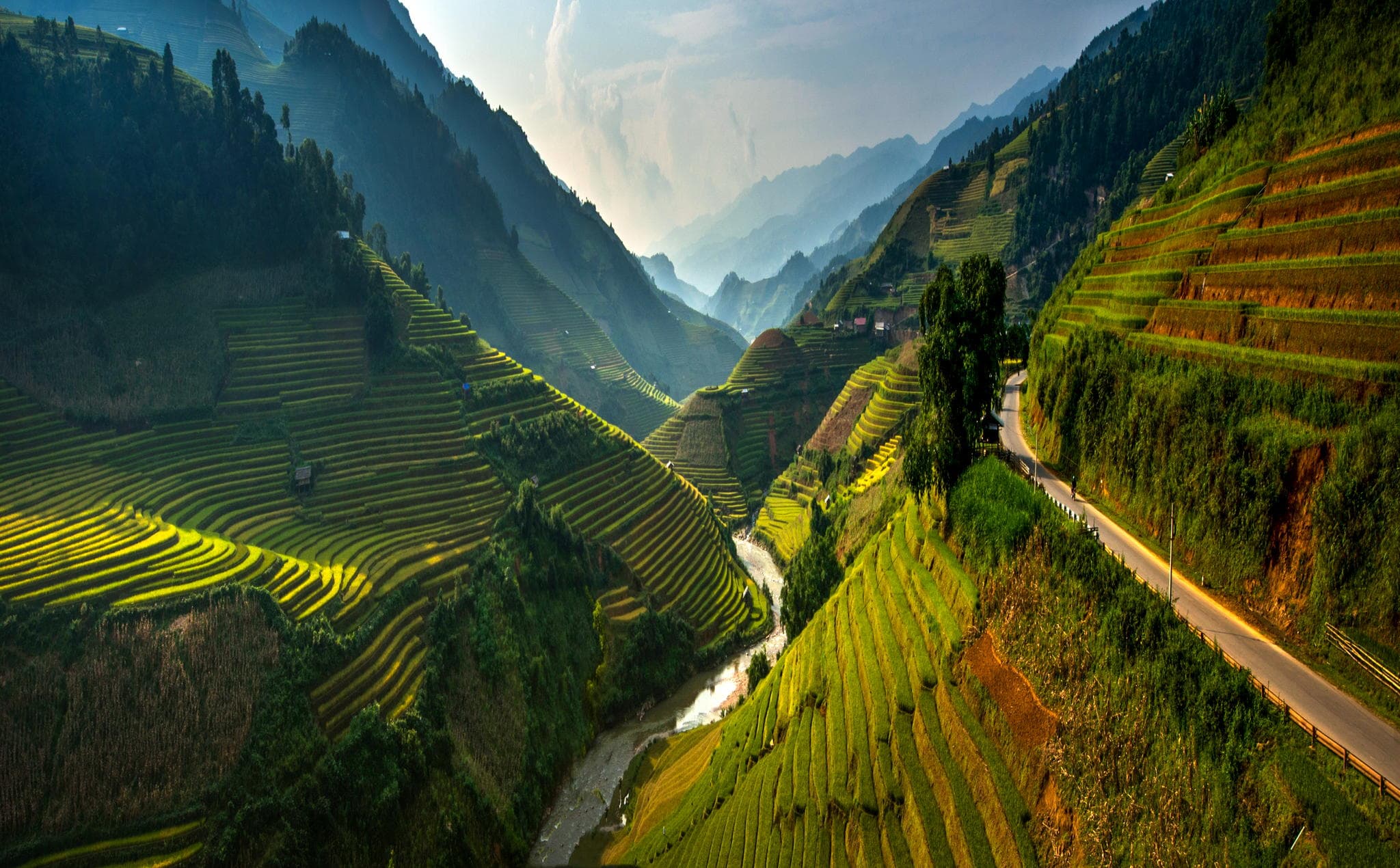When it comes to travel destinations in Southeast Asia, most people think of Ha Long Bay, Hanoi, or Ho Chi Minh City. However, Northwest Vietnam travel offers an entirely different experience—raw, majestic, and deeply rooted in cultural heritage. This mountainous region remains one of the most untouched and authentic parts of Vietnam, boasting stunning landscapes, diverse ethnic cultures, and memorable adventures.
Whether you’re a nature lover, cultural enthusiast, or thrill-seeker, this guide will help you understand why Northwest Vietnam should be at the top of your travel bucket list.

Northwest Vietnam Travel: Discover the Untamed Beauty of a Hidden Gem
What is Northwest Vietnam?
Northwest Vietnam refers to the mountainous area in the northwestern part of the country, bordering Laos and China. The region includes provinces such as:
-
Lai Chau
-
Dien Bien
-
Son La
-
Hoa Binh
-
Lao Cai (home to Sapa)
-
Yen Bai
This area is characterized by dramatic mountains, terraced rice fields, remote ethnic villages, and rich cultural diversity. It is home to more than 20 ethnic minority groups, including Hmong, Dao, Thai, Tay, and Muong people.

What is Northwest Vietnam?
Why Choose Northwest Vietnam for Your Travel?
Breathtaking Natural Landscapes
Northwest Vietnam is a photographer’s dream. You’ll witness endless rice terraces in Mu Cang Chai, the rugged peaks of Hoang Lien Son mountain range, and stunning valleys such as Mai Chau and Moc Chau. In autumn, the golden rice paddies turn the region into a natural masterpiece.
Cultural Immersion
This region offers rare cultural encounters. You can visit local markets, attend traditional festivals, and even stay in homestays with ethnic minority families. It’s a chance to experience life without the commercial tourism that dominates many other regions.
Ideal for Adventure Travel
The mountainous terrain provides the perfect setting for trekking, motorbiking, hiking, and even cycling. Routes like the Ha Giang Loop and the Sapa – Bac Ha circuit are favorites among adventure travelers.

Why Choose Northwest Vietnam for Your Travel?
Top Destinations in Northwest Vietnam
Sapa (Lao Cai Province)
Famous for its stunning rice terraces and cool climate, Sapa is the most popular destination in Northwest Vietnam. Must-do activities include:
-
Trekking to villages like Cat Cat, Ta Van, and Lao Chai.
-
Conquering Fansipan, the highest peak in Indochina.
-
Visiting the Sapa Love Market and exploring local cultures.
Mu Cang Chai (Yen Bai Province)
Mu Cang Chai is a hidden gem, especially during the rice harvest season from September to early October. It is well known for:
-
UNESCO-recognized rice terraces.
-
Spectacular mountain passes like Khau Pha Pass.
-
Authentic homestay experiences with Hmong families.

Mu Cang Chai (Yen Bai Province)
Mai Chau (Hoa Binh Province)
Just 150 km from Hanoi, Mai Chau is an accessible yet peaceful valley surrounded by green rice paddies and stilt houses of the White Thai people. It’s great for:
-
Cycling through rice fields.
-
Experiencing village life.
-
Enjoying local cuisine like bamboo-tube rice and grilled meats.
Dien Bien Phu (Dien Bien Province)
A historically significant site, Dien Bien Phu was where the Vietnamese defeated the French in 1954. Explore:
-
The Dien Bien Phu Battlefield.
-
A1 Hill and Muong Thanh Bridge.
-
Museums detailing the First Indochina War.
Moc Chau (Son La Province)
Moc Chau is known for its tea plantations, flower valleys, and dairy farms. Highlights include:
-
Heart-shaped tea hills.
-
Dai Yem Waterfall and Bat Cave.
-
Plum blossom season in late winter to early spring.

Moc Chau (Son La Province)
Best Time to Visit Northwest Vietnam
Northwest Vietnam has a distinct seasonal charm:
-
Spring (March – April): Blooming flowers and mild weather.
-
Summer (May – August): Lush green landscapes, occasional rain.
-
Autumn (September – October): Golden rice fields—best for photography.
-
Winter (November – February): Cold temperatures, foggy scenery, and even snow in high altitudes like Sapa.
For the most scenic experience, September to October is considered the best time to travel, especially for those interested in rice terraces.
Travel Tips for Visiting Northwest Vietnam
Getting There and Around
-
From Hanoi: You can take buses, trains (to Lao Cai), or hire private cars. For remote areas, motorbike travel is ideal.
-
Motorbiking: Many travelers rent bikes in Hanoi or Sapa for freedom and flexibility.
-
Local Transport: Public buses and shared taxis connect major towns, but some villages require trekking or biking.
Accommodation
Options range from budget guesthouses to homestays and boutique eco-resorts. Staying with local families is highly recommended for cultural immersion.
Food and Cuisine
Local dishes reflect ethnic diversity. Try:
-
Thang Co (Hmong horse meat stew)
-
Com lam (bamboo-cooked rice)
-
Smoked buffalo meat
-
Five-color sticky rice (Xoi ngu sac)
Don’t forget to try locally made rice wine, known as ruou can, often served in community celebrations.
Cultural Etiquette and Respect
When traveling through remote villages:
-
Dress modestly, especially when entering homes or religious sites.
-
Ask permission before taking photos of people.
-
Avoid public displays of affection.
-
Accept offerings of food or drink politely—it shows respect.
Respecting local customs ensures a more meaningful and harmonious travel experience.

Travel Tips for Visiting Northwest Vietnam
Suggested Itinerary for Northwest Vietnam Travel
Day 1–2: Hanoi to Mai Chau
Day 3–4: Mai Chau to Moc Chau
Day 5–6: Moc Chau to Mu Cang Chai
Day 7–8: Mu Cang Chai to Sapa
Day 9: Trekking in Sapa and Fansipan cable car
Day 10: Return to Hanoi
This 10-day loop gives travelers a well-rounded experience of landscapes, cultures, and history.
Challenges to Expect
While rewarding, traveling in Northwest Vietnam comes with a few challenges:
-
Language barriers: English is limited in rural areas.
-
Poor road conditions: Especially during rainy seasons.
-
Limited connectivity: Internet and phone service may be weak.
However, these challenges are often part of the adventure and can make your experience more authentic.
Sustainable and Responsible Travel
As tourism grows, it’s important to travel responsibly:
-
Support local businesses and artisans.
-
Avoid single-use plastics and littering.
-
Choose eco-friendly homestays or tour operators.
-
Respect wildlife and avoid activities that exploit animals.
Your choices help preserve the environment and the culture of Northwest Vietnam.
Absolutely. Northwest Vietnam travel is not just about sightseeing; it’s about connecting—with people, nature, and yourself. It’s a journey into the soul of Vietnam, far from the usual tourist crowds. With stunning landscapes, rich traditions, and warm hospitality, the region offers unforgettable memories and stories you’ll carry for a lifetime. So, if you’re craving a destination that’s raw, real, and radiantly beautiful, make Northwest Vietnam your next travel adventure.
